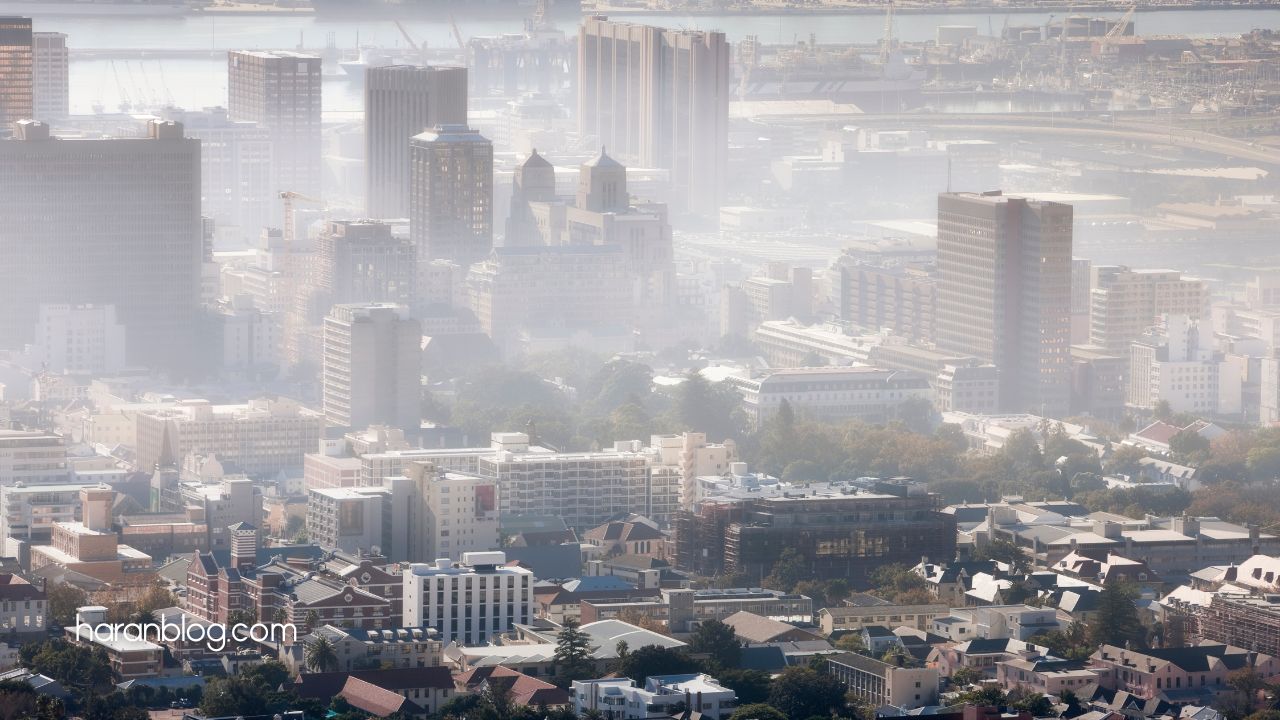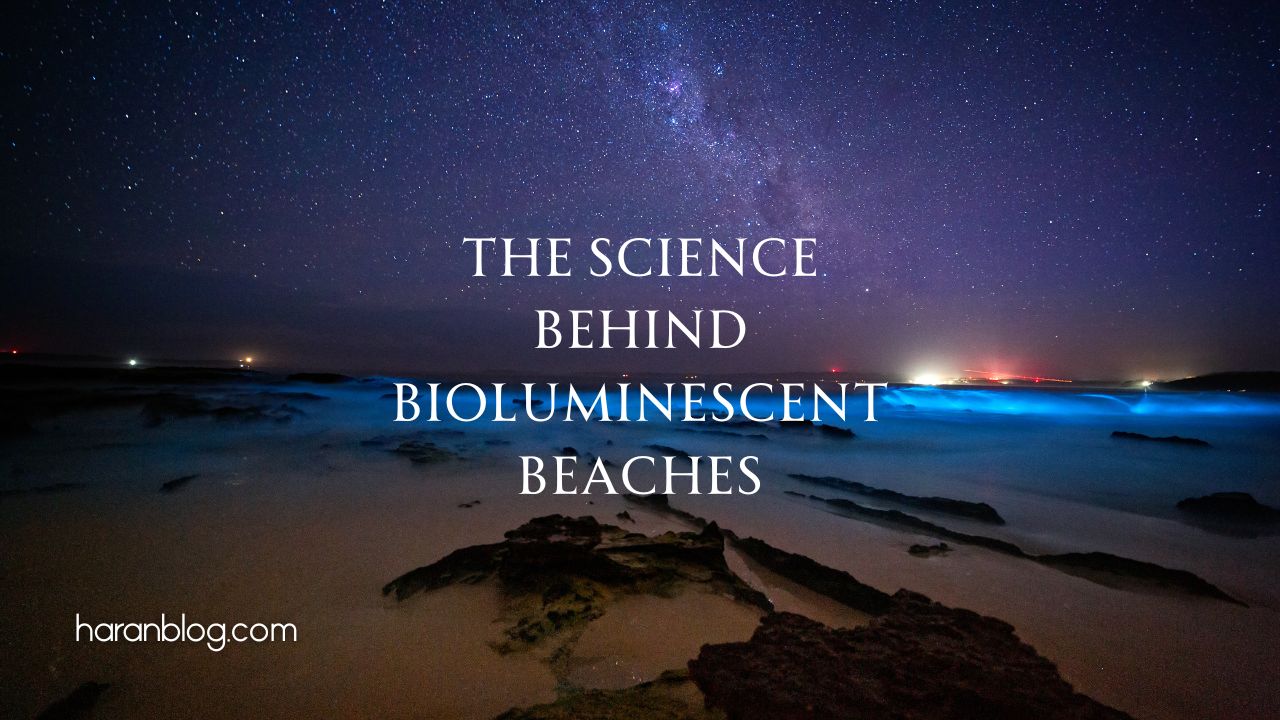Though there are several types of pollution, not all of them behave in the same manner. While some slowly harm the earth over decades, others cause instantaneous, obvious environmental damage.
Though they affect the environment in rather different ways, two major causes of air pollution are smog and chlorofluorocarbons (CFCs). Let’s dissect the particular pollution categories they belong to and explain why they are so worldwide of importance.
CFCs: The Quiet Ozone Destroying Agents
Main Pollution Type: Stratospheric Air Pollution
Stratospheric contamination—a subcategory of air pollution affecting the highest layers of the atmosphere rather than the daily air we breathe—is the classification for CFCs. Unlike typical pollutants that hang in the lower atmosphere, CFCs climb and gather in the stratosphere where they deplete ozone.
Why Not CFCs Considered a Direct Ground-Level Pollutant?
While most air contaminants have immediate effects, CFCs do not directly endanger people when breathed. Rather, they disintegrate under UV light, spew chlorine atoms meant to kill ozone molecules. This long-term, indirect effect distinguishes CFC pollution from smog or carbon emissions.
CFC Pollution: A Special Category
While most air contaminants add to ground-level contamination (tropospheric pollution), CFCs are special since they:
- React not right away in the lower atmosphere.
- Ascending and building in the stratosphere
- Set off chemical reactions meant to erode the layer of protecting ozone.
- Expose yourself to dangerous UV radiation, which causes problems with the climate and health.
Smog: An Instant Ground-Level Pollutant
Main Pollution Type: Tropospheric Air Pollution
Being a component of tropospheric air pollution, smog contaminates the lowest layer of the atmosphere where plants, animals, and humans coexist. Unlike CFCs, smog is a direct and obvious pollution that frequently blankets entire cities in a thick, hazy layer.
Is Smog a Primary or Secondary Pollutant?
Since smog isn’t released straight from one source, it’s categorized as a secondary contaminant. Rather, it develops when sunlight interacts with contaminants such nitrogen oxides (NOx) and volatile organic compounds (VOCs).
There two primary forms of smog:
- Forms in metropolitan areas with high industrial and automobile emissions in photochemical smog. It boasts dangerous ground-level ozone.
- Results of burning coal produce industrial smog with significant sulfur dioxide (SO₂) content.
Why Smog Is Said to be a Present Danger?
Smog is a direct everyday health hazard unlike CFCs, which take years to manifest their effects. It results from:
- Asthma and bronchitis are among respiratory ailments.
- Reduced visibility influences transportation safety.
- Damage of crops resulting from poisonous and acidic particles.
Important Variations: Factors of CFC Pollution Against Smog Pollution
| CFC Contamination | Type of Smog Pollution | |
|---|---|---|
| Pollution Type | Stratospheric contamination of air | Pollution of tropospheric air |
| Construction | Released from foams, aerosol, and refrigerants | Developed from chemical interactions, industries, and automobile emissions |
| Affecting Area | Upper atmosphere, sometimes known as the ozone layer | Ground level, or the human surroundings |
| Health Consequences | Raises UV level, which causes cataracts and skin cancer | Causes lung ailments and compromises the air quality |
| Influence of Velocity | Over long terms, showing results in years | Instant, influencing daily existence |
How Smog and CFCs Harm the Environment

Smog and CFCs affect not only individuals but also the surroundings of us.
Let us begin with smog. Smog covering a city does not only make breathing difficult. Plants also suffer from it. Long-term pollution exposure for crops and trees can cause them to grow more slowly or perhaps damage them.
Fewer crops observed by farmers could cause issues with the food supply.
Besides that, some of the gases in smog could cause acid rain. Acid rain can damage rivers, lakes, and soil, therefore affecting the habitat of plants and animals.
Cleaner air not only improves our quality of living but also helps protect next generations from possible any harm.
CFCs and the Problem Above Us
CFCs operate in somewhat distinct ways. Rising high into the heavens, they destroy the ozone layer, which shields us from the damaging sun rays. More UV light reaches Earth when the ozone layer gets thinner.
This can have detrimental effects on people, animals, and even marine life. For instance, although being a vital component of the ocean food chain, little sea life like plankton can die from excessive UV radiation.
Fish and other marine life depending on plankton suffer if their numbers decline.
What’s Being Done and What Still Needs Work
The encouraging news is that folks all around have started lowering CFC levels.
Many items that emitted CFCs were discontinued thanks in part to a worldwide accord known as the Montreal Protocol. The ozone layer is therefore gradually beginning to mend.
Still a major issue in many areas, nevertheless, smog is. Busy cities with plenty of factories and vehicles still battle toxic air. We need better rules, greener energy, and more awareness to correct this.
Over time, little actions like choosing public transportation, planting trees, and lessening pollutants can add up greatly.
Final Notes
Though they are under air pollution, CFCs and smog have somewhat different effects. While smog is a visible and immediate threat classified as tropospheric pollution, CFCs are quiet destroyers of the ozone layer, part of stratospheric pollution.
Both are toxic in their own right; CFCs change the long-term temperature of Earth, while pollution causes an instant health emergency.
Knowing these contaminants enables us to create better solutions ranging from legislation enhancing air quality to outright prohibition of dangerous compounds.
For more on how climate change is intensifying, check out this post discussing the UN Chief’s stark warning about rising global heat.



